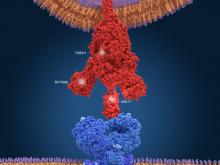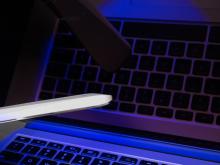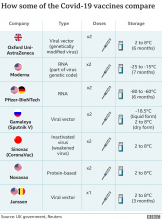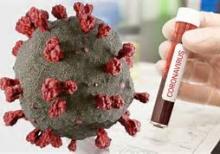The Covid-19 Coronavirus Pandemic Is 10 Times Worse Than You Think
Ever since the coronavirus reached the U.S., officials and citizens alike have gauged the severity of the spread by tracking one measure in particular: How many new cases are confirmed through testing each day. However, it has been clear all along that this number is an understatement because of testing shortfalls.
Now a research team at Columbia University has built a mathematical model that gives a much more complete — and scary — picture of how much virus is circulating in our communities.
It estimates how many people are never counted because they never get tested. And it answers a second question that is arguably even more crucial — but that until now has not been reliably estimated: On any given day, what is the total number of people who are actively infectious? This includes those who may have been infected on previous days but are still shedding virus and capable of spreading disease.
The model's conclusion: On any given day, the actual number of active cases — people who are newly infected or still infectious — is likely 10 times that day's official number of reported cases.
The model has not been published or peer-reviewed yet, but lead researcher, Jeffrey Shaman, an infectious disease specialist at Columbia University, shared the data exclusively with NPR. Here are more of the startling takeaways.
Missed cases remain a massive problem
To come up with their bottom line estimate, the researchers' first step was to estimate, for each day of the outbreak so far, how many people actually became infectious. Then they compared that with the number who got tested and counted as a confirmed case.







